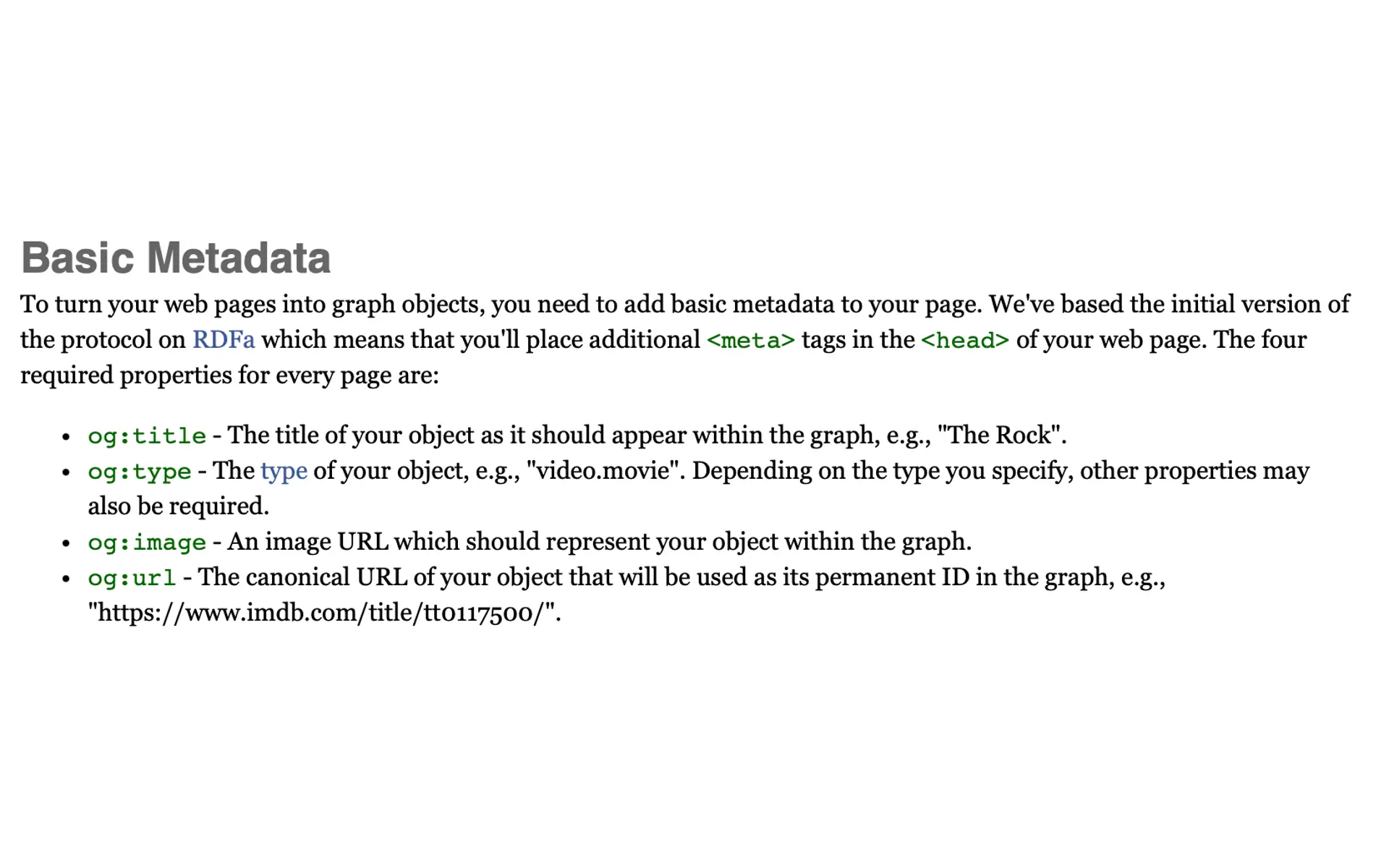Google Search expands Title Link sources, adding OG title as 9th option
Google Search now considers OG title meta tags as a potential source for title links in search results, expanding options for webmasters.

Google Search this week updated to its search documentation, revealing the addition of a ninth potential source for title links in search results. This development, reported by Barry Schwartz, expands the options available to Google's algorithms when determining how to display website titles in search engine result pages (SERPs).
According to the updated documentation, Google Search may now utilize the OG title meta tag as a source for title links. This addition brings the total number of potential sources to nine, offering webmasters and content creators more flexibility in how their pages may be represented in search results.
The OG title, short for Open Graph title, is a metadata element typically used by social media platforms to determine how a shared URL should be displayed. Its inclusion in Google's list of potential title link sources marks a notable shift in the search giant's approach to title selection.
To fully understand the implications of this change, it's crucial to examine the complete list of sources Google may now consider when generating title links:
- Content in <title> elements
- Main visual title shown on the page
- Heading elements, such as <h1> elements
- Content in og:title meta tags (newly added)
- Other content that's large and prominent through the use of style treatments
- Other text contained in the page
- Anchor text on the page
- Text within links that point to the page
- WebSite structured data
The addition of the OG title as a potential source raises questions about the interplay between search engine optimization (SEO) and social media optimization practices. While many websites already align their HTML title elements with their OG titles, this is not universally true. The change may prompt webmasters to reconsider their approach to metadata implementation across different platforms.
It's important to note that Google has not provided specific information on how it will prioritize the OG title in relation to other sources. The search engine's algorithms are known to be complex and take multiple factors into account when determining the most appropriate title link for a given search result.
For context, title links play a crucial role in search engine results. They are the clickable headlines that appear in SERPs, serving as the primary point of interaction between users and search results. An effective title link can significantly impact click-through rates and, consequently, website traffic.
To illustrate, consider a hypothetical search result for a recipe website. The title link might appear as "How to Make Crispy Fried Eggs," enticing users interested in culinary techniques to click through to the page. This title could be derived from any of the nine sources Google now considers, including the newly added OG title.
The inclusion of the OG title as a potential source for title links aligns with Google's ongoing efforts to provide the most relevant and useful information to searchers. By expanding its pool of title sources, Google aims to improve the accuracy and relevance of search result displays, potentially leading to a better user experience.
However, this update also introduces new considerations for SEO professionals and webmasters. The potential use of OG titles in search results underscores the importance of maintaining consistency across various metadata elements. It may also incentivize more careful curation of OG titles, which have traditionally been optimized primarily for social media sharing.
While Google has not provided specific guidance on how to optimize for this new potential title source, SEO best practices suggest maintaining consistency between HTML title elements and OG titles where appropriate. However, it's crucial to remember that Google's algorithms ultimately determine which title source to use based on various factors, including relevance to the user's query and overall page content.
Key facts about Google's title link update
- Adds OG title meta tags as the 9th potential source for title links
- Expands from 8 to 9 total potential sources for title links
- Aligns search result display considerations with social media optimization practices
- May influence how webmasters approach metadata implementation
- Does not guarantee that OG titles will be used over other sources
- Continues Google's efforts to improve search result relevance and user experience

